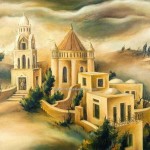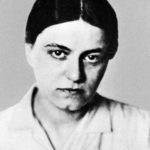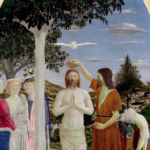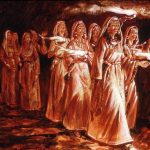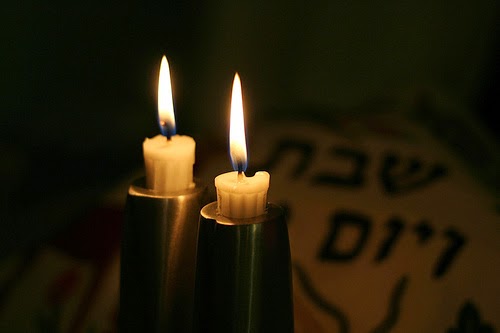
Understanding Yom Kippur
Tomorrow (03 October) the Jewish people celebrate Yom Kippur. This is the day at the conclusion of which, according to tradition, God seals the Books of Life and Death for the coming year. The day is devoted to communal repentance for sins committed over the course of the previous year. Because of the nature of Yom Kippur and its associated rituals, it is the most solemn day in the Jewish calendar.
History
A ritual for the expiation of sins was in existence already during biblical times. However, it was only during the Second Temple Periodthat Yom Kippur assumed central importance as a day of mourning and abstention. By the Rabbinic Period, it had become the most important day in the Jewish liturgical calendar, an importance that the day has retained until the modern period.
At Home
Yom Kippur is the day on which we are instructed to divorce ourselves as completely as humanly possible from the mundane world in which we live, in order to devote ourselves with all our hearts and minds to our relationship with the Divine. Fasting is the most widespread manifestation of this devotion. Other examples include: refraining from washing, sexual relations, and the wearing of leather (a sign of luxury in earlier times). It is traditional to dress in white on this day, symbolizing personal purity. Because of this and the desire to avoid leather, many Jews wear white athletic shoes on Yom Kippur.
In the Community
The liturgy of Yom Kippur is completely centered in the synagogue. It is traditional to wear a tallit, or prayer-shawl, at all times in the synagogue on Yom Kippur; this is the only time during the year when the tallit is worn in the evening. There are more and longer services on this day than any other in the Jewish calendar. Yom Kippur is ushered in while it is still light out with a powerful and ancient prayer called Kol Nidrei (All Vows), in which the congregation asks that all vows made under duress during the coming year may be considered null and void before God. In addition to the three daily services of Maariv (evening service),Shaharit (morning services), and Minhah (afternoon service), the Yom Kippur liturgy adds a specialMusaf (additional) service. On Yom Kippur, Yizkor, the memorial service, is recited, as is the Avodah, a symbolic reenactment of the ancient priestly ritual for Yom Kippur. During the course of the holiday, a major component of the liturgy is the repeated communal confession of sins, the Viddui. The day closes with a unique and emotionally powerful service called Neilah, during which the liturgy imagines the gates of heaven closing at the end of the High Holiday period. Neilah, during which it is traditional to stand since the ark is opened, ends with a long blast of the shofar or ram’s horn, understood by many as signifying God’s redemptive act in answer to true repentance.
source: myjewishlearning.com



